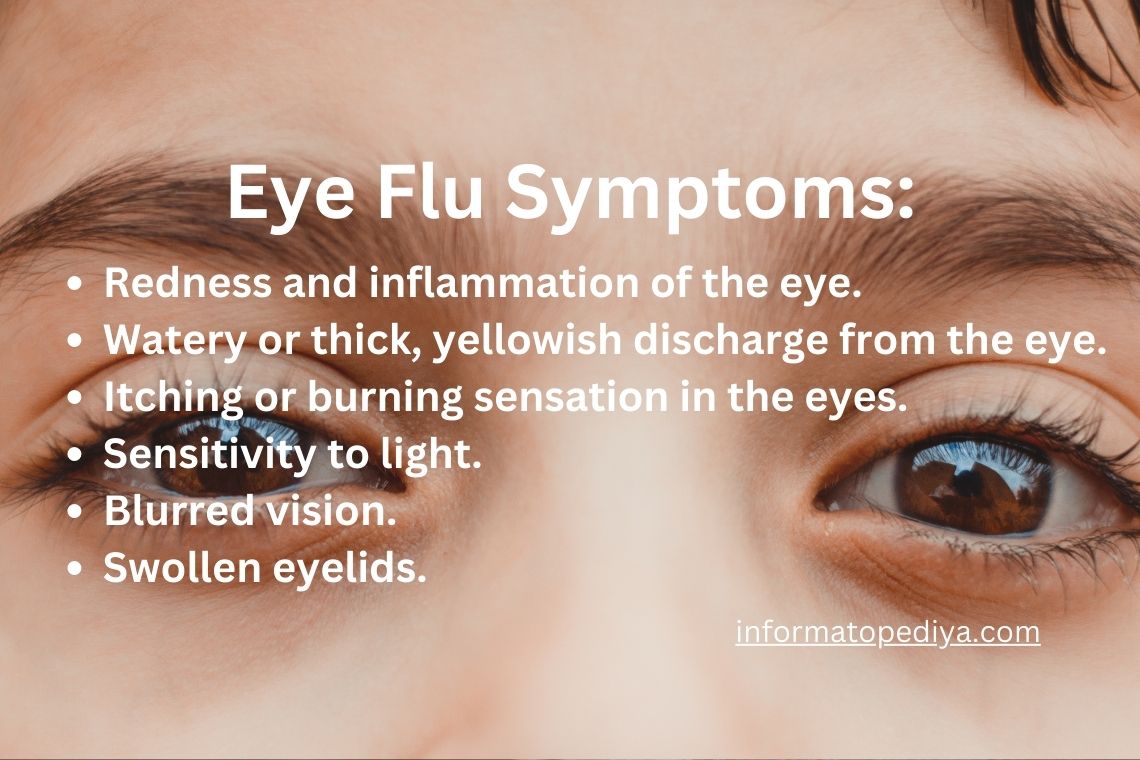
Table of Contents
Eye Flu: Definition, Symptoms, Diagnosis, Treatment and Home Remedies
Introduction:
The human eye is a remarkable organ that allows us to experience the world around us through sight. Unfortunately, like any other part of the body, the eyes are susceptible to infections. One such common infection is “Eye Flu,” also known as viral conjunctivitis. In this blog, we will explore the definition, symptoms, diagnosis, treatment options, home remedies, and conclude with essential tips to prevent and manage eye flu effectively.
Definition:
Eye Flu, or viral conjunctivitis, is a highly contagious infection that affects the conjunctiva, the thin, transparent layer that covers the white part of the eye and lines the inner surface of the eyelids. It is caused by various viruses, such as adenovirus, and is easily transmitted through direct or indirect contact with infected individuals, contaminated surfaces, or eye discharge.
Symptoms:
Symptoms of Eye Flu may vary in severity but generally include:
- Redness and inflammation of the eye
- Watery or thick, yellowish discharge from the eye
- Itching or burning sensation in the eyes.
- Sensitivity to light
- Blurred vision.
- Swollen eyelids.
Diagnosis:
An eye care professional can diagnose Eye Flu based on a physical examination and a review of the patient’s symptoms. In some cases, the eye doctor may collect a sample of eye discharge for laboratory testing to determine the specific virus causing the infection.
Treatment:
Since Eye Flu is caused by a virus, antibiotics are ineffective. Treatment is mainly focused on relieving symptoms and preventing further spread of the infection. Common treatment options include:
- Artificial tears: To relieve dryness and irritation in the eyes.
- Cold compresses: Applying a cold, damp cloth on the eyes can help reduce swelling and discomfort.
- Antiviral eye drops or ointments: In severe cases, antiviral medications may be prescribed by an eye specialist.
- Avoiding contact lenses: It’s essential to refrain from wearing contact lenses until the infection clears up entirely to prevent complications.
- Hygiene practices: Regularly washing hands, avoiding touching or rubbing the eyes, and not sharing personal items like towels or eye makeup can help prevent the spread of the infection.
Home Remedies:
In addition to medical treatment, several home remedies can help soothe the symptoms of Eye Flu:
- Warm compresses: Applying a warm compress can provide relief from itching and reduce the stickiness of eye discharge.
- Honey eye drops: A mixture of raw, organic honey and warm water (diluted) can be used as an eye drop to help alleviate symptoms due to its natural antimicrobial properties.
- Chamomile tea bags: Placing cool, moist chamomile tea bags on closed eyes can help reduce inflammation and soothe the eyes.
- Aloe vera gel: Applying fresh aloe vera gel around the eyes may help reduce redness and irritation.
Conclusion:
Eye Flu, or viral conjunctivitis, is a common and contagious eye infection that can cause discomfort and temporary visual impairment. Early diagnosis, proper hygiene practices, and timely treatment can help manage the symptoms effectively and prevent the spread of the infection to others. If you suspect you have Eye Flu, consult an eye care professional promptly for an accurate diagnosis and appropriate treatment. Remember to practice good hygiene, avoid touching your eyes, and follow the prescribed treatment regimen to promote a swift recovery. Your eyes are precious; take care of them and safeguard the vision that lets you cherish the beauty of the world around you.
FAQ
-
What are the symptoms of eye flu?
Redness and inflammation of the eye.
Watery or thick, yellowish discharge from the eye.
Itching or burning sensation in the eyes.
Sensitivity to light.
Blurred vision.
Swollen eyelids. -
What is eye flu?
Eye flu, also known as conjunctivitis, is an infection or inflammation of the conjunctiva, which is the clear layer that covers the white part of the eye and the inner surface of the eyelids.







Your blog is a haven for those seeking reliable and unbiased information.